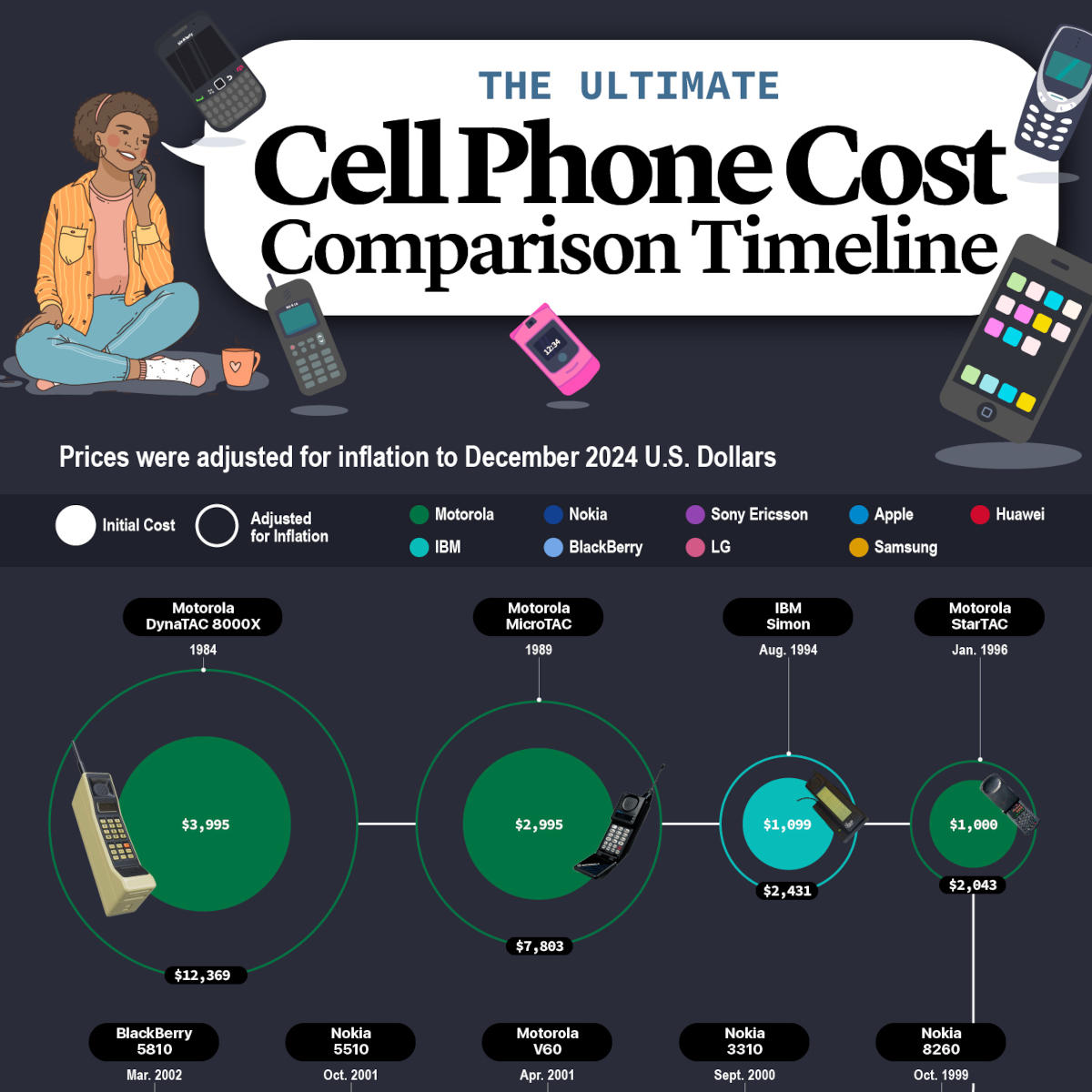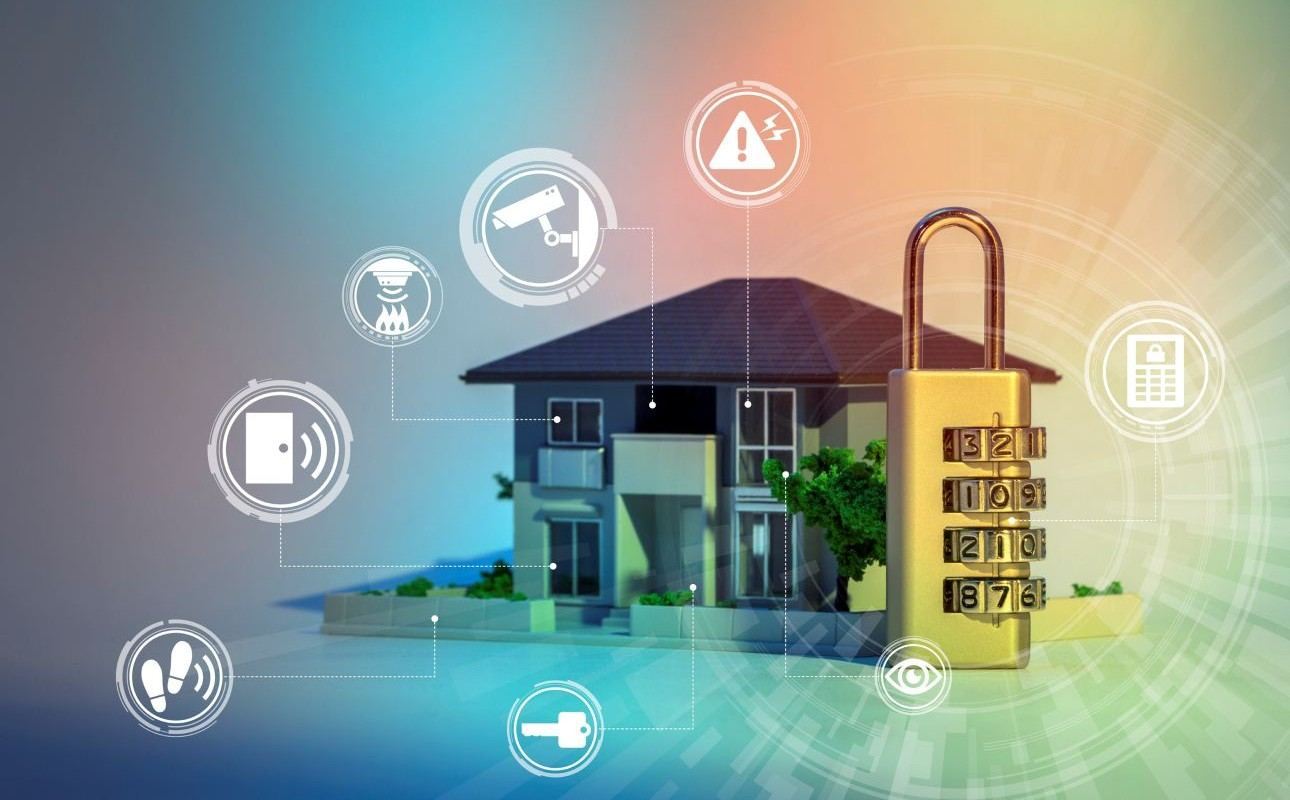How does VoIP connect to landline?

Each day, millions of calls transfer seamlessly from VoIP to landline phone systems. But these technologies differ significantly. So how do VoIP calls connect with a landline phone system? This post describes how these two divergent systems work and how they connect. We also review the devices you can use to place VoIP calls and offer five reasons to consider making the switch to VoIP.
How does a VoIP to landline connection work?
Before we talk about how the VoIP to landline connection happens, let’s cover how each system works. Traditional landline phones convert voice data into electrical signals, transmitting them across a network of physically connected phone lines that crisscross the globe. VoIP phones work very differently. They convert voice data into small packets of digital data on voice over IP servers. Each packet is assigned the IP address of its final destination. That data travels out through a high-speed internet connection and is reassembled into voice data on the other end of the call.
When someone with a VoIP phone places a call to someone else with a VoIP system, the voice data from their conversation simply travels back and forth from one IP address to another. However, when a VoIP call is placed to someone who’s using a traditional landline phone system, an extra step is required.
The call begins as packets of voice data sent through the internet, but at some point along the way, the call must enter the Public Switched Telephone Network (PSTN) system. (The PSTN is the network of physical telephone lines and circuit switches that transmit the analog voice data for those still using traditional landline phone service.) This point of entry is called address translation. During address translation, the IP address attached to the packets of voice data is translated to the recipient’s phone. Address translation is what makes connecting VoIP and PSTN systems possible. Although this process may sound a bit complex, it all happens in the blink of an eye.
Concerned about security? Read VoIP vs landline security to learn how to protect your privacy with VoIP.
Devices you can use to make VoIP calls.
With VoIP systems, you have lots of flexibility on what devices you can use to make calls. No matter which device you choose, you can expect to experience clear, crisp voice quality.
VoIP phone
These phones are specifically designed to work with VoIP systems. You won’t need any special adaptors or other hardware to begin using them. Depending on which phone you choose, you’ll either plug it into a hardwired home ethernet port or connect it wirelessly via Wi-Fi.
Standard analog phone with VoIP adapter
When moving to a VoIP system from a traditional landline phone, you have the option of keeping your existing home phone. A VoIP adapter plugs into your old equipment to convert it into a VoIP-enabled device.
Smartphone devices via the VoIP mobile app
With a VoIP home phone, you don’t have to be at home to make and receive calls from your home number. Simply install your VoIP provider’s mobile app on your smartphone or tablet to gain full access to your home phone line. Never miss an important call just because you’re away from home.
Check out our Home Phone Calculator to see how much you can save when switching to VoIP!
5 Reasons to choose VoIP over landlines.
Residential VoIP landlines come with a lot of advantages over the traditional landline phone. Here are just a few of the benefits.
1. Easy to get up and running quickly
Getting a VoIP home phone system up and running is simple. Complete the online account setup process, select a home phone number (or port over your existing one), and plug your VoIP phone or old home phone with a VoIP adapter into your internet connection. It’s that easy.
2. Low- or no-cost plans
Choosing to use a VoIP home phone provider offers substantial savings. For example, Ooma offers a basic no-cost monthly plan. All you’ll pay each month are the government-mandated taxes and fees. Depending on where you live, these usually range between $4-$7.
3. Superior voice quality
Many VoIP providers offer excellent voice quality. Ooma’s HD Voice technology captures twice the amount of acoustical data than a traditional landline phone, resulting in exceptionally clear call quality.
4. Low-cost or unlimited international calling
If you have friends and family in other countries, you know that the cost of keeping in touch can add up quickly. VoIP home phone services offer low- or no-cost international calling plans. Ooma’s World Plan offers unlimited calling to landline phones in 60 countries and cell lines in 10 countries.
5. Advanced spam and telemarketer call blocking
One of the biggest disadvantages of maintaining a home phone service is the constant barrage of marketing and spam calls. Some providers like Ooma maintain a continuously-updated database of known and suspected spam callers, blocking these calls before your phone even rings.
VoIP to landline is simple.
Placing VoIP to landline calls is easy. Although these two systems work differently, the technology that connects them is well-established. You can confidently enjoy the many benefits of VoIP, even when calling landline phones.
Learn more about the process of switching to VoIP by reading our guide, Best Landline Alternative for Home Phone!



